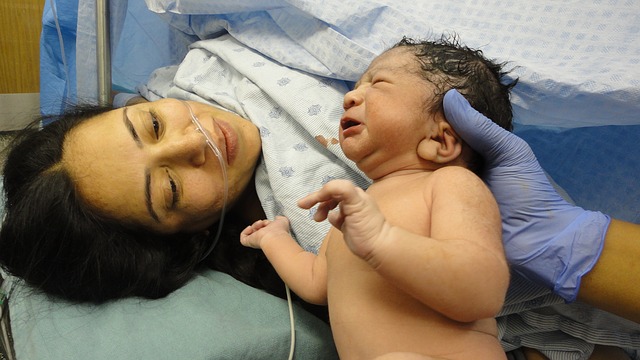The labor procedures including cesarean section and operative vaginal birth have increased risk of maternal infection. A different systematic review has proven the efficacy of prophylactic antibiotic to lessen the maternal infection in cesarean section. Therefore, the recommendation of prophylactic treatment with an antibiotic in case of cesarean section is clinically accepted. But current WHO guidelines do not recommend the regular practice of prophylactic antibiotic treatment in case of operative vaginal birth due to lack of evidential support of the efficacy of this treatment measure.

It is very surprising 11% (average) maternal death occurs due to sepsis every year. But you should not be shocked by this global estimated maternal death due to such infectious diseases, but the persistent effect of infection after childbirth is severe. It has been found that the rate of cesarean birth-related maternal infection is 20–25%, whereas operative vaginal birth causes 16% maternal infection. A patient who has survived with such infections often face long-term complications. Till now, maternal infection is under-recognized condition and lack of preventive measure continue the situation.
Instead of cesarean delivery, operative vaginal birth is considered a safe option for child delivery. However, in the present era, cesarean delivery is on trend. But clinicians nowadays prefer to conduct operative vaginal birth to avoid unnecessary postnatal complications. and maternal morbidity rate. Gradual sharp incidence rate enhancement of vaginal birth is noticeable to all over the globe. But clinical trial researchers are more concern to control maternal infections after vaginal childbirth, as no confirmed research report recommended the prophylactic antibiotic treatment in case of operative vaginal birth.
On 13th May 2019, Lancet published a blinded, randomized controlled trial result first time showed that prophylactic antibiotic treatment is an effective measure for operative vaginal birth also by preventing infections including sepsis. suggested that women who had undergone forceps or vacuum extraction received a single dose of antibiotics had significantly fewer suspected or confirmed infections than women given placebo. This study is conducted in the UK. In this study, it has confirmed that a single dose of prophylactic amoxicillin and clavulanic acid was a cost-effective measure to prevent maternal infection for patients had undergone operative vaginal birth. Experts suggested that a single intravenous dose administered 3 h after women gave birth is effective to prevent maternal infection.
This study result finding also highlighted some other important aspects of operative vaginal birth. The onset of infection or its severity of infection in case of vaginal birth usually noticeable after the patient discharged from the hospital. Therefore follow-up of operative vaginal birth is highly required, though patients often avoid follow-up in case operative vaginal birth. Researchers of this study found that the infection is a common incidence of both forceps birth and vacuum-assisted birth procedures. However, there is a little low incidence of infection in the case of women who had undergone vacuum-assisted birth.
This study has some limitations, such as women who have an allergic reaction with the penicillin group of antibiotics, what is the alternative measure for them. This study result does not highlight the efficacy of oral rote in the case of prophylactic treatment. The recommended dosing is not compared with earlier administration, prenatal administration, or repeated administration of antibiotics, which could be a better measure than single dose administration after giving birth to the child. This study result is an initial research finding, which indicates the requirement of changing current clinical practice to prevent maternal morbidity. However, detail research requires to solve all the limitation of this study and to establish a precise prophylactic treatment approach to prevent maternal infection after childbirth.



